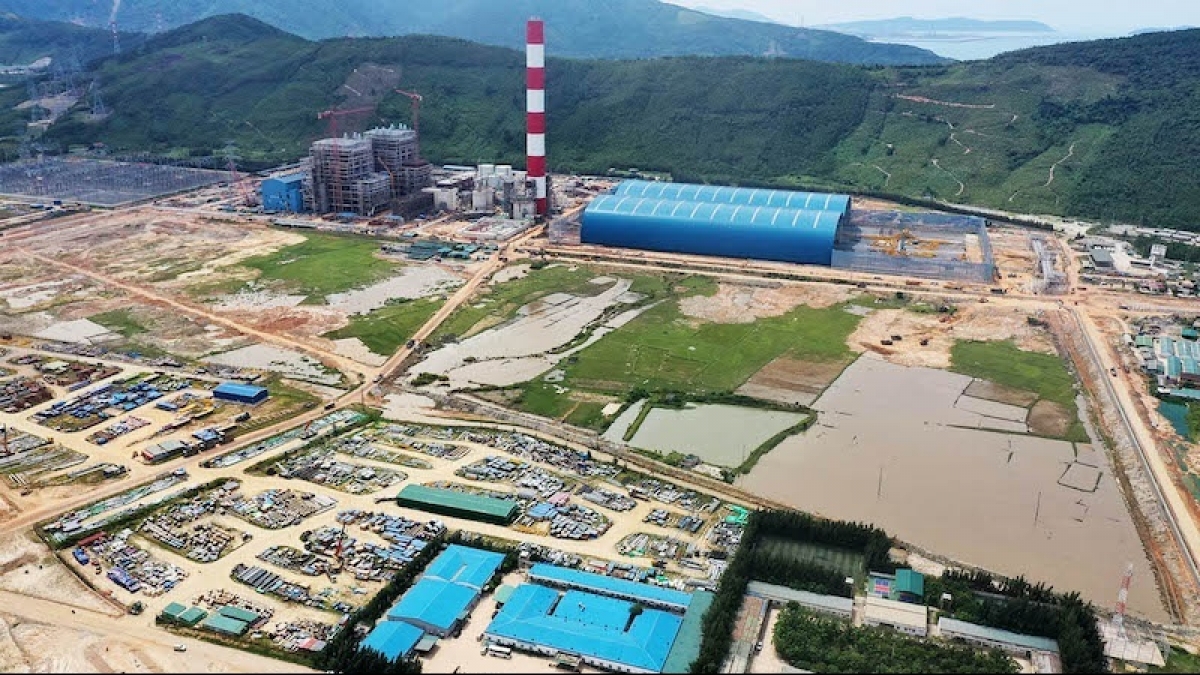INTERNATIONAL INVESTMENT
AND PORTAL
However, executing nearly 500 km of MRT lines and TOD zones under the framework of Articles 4 and 31 of the Law on Capital City requires meticulous planning, significant financing, and strong public-private collaboration.
 Le Net(left) and Vu Thi Thinh, LNT & Partners
Le Net(left) and Vu Thi Thinh, LNT & Partners
The potential rewards are enormous: TOD could unlock billions of US dollars in land value, improve mobility, and drive sustainable urban growth. However, failure – whether through delays, cost overruns, or public opposition – could turn the project into a financial burden. To avoid this outcome, Hanoi must mitigate key risks related to zoning, land acquisition, and construction delays, while fostering trust with investors, banks, and citizens.
The challenge ahead is not only about policy but also about institutional trust and efficient execution. The 2024 Nobel Prize in Economics, awarded for research on inclusive institutions, is a timely reminder that projects of this scale succeed when trusted institutions can enforce agreements, align stakeholder interests, and manage risks transparently. For TOD to succeed, Hanoi must inspire confidence across all sectors involved.
Developing TOD zones presents inherent complexities. Alongside typical infrastructure challenges, TOD requires precise coordination of urban planning, real estate markets, and public transportation. There are several major risks that could derail Hanoi’s TOD ambitions.
The planning process involves integrating transport routes, residential development, and commercial zoning to maximise efficiency and value. Any changes to zoning plans – such as re-routing MRT lines or adjusting station locations – can lead to delays and increased costs. Finalising TOD zones also requires aligning multiple urban plans, including Hanoi’s general urban master plan and sector-specific development frameworks.
Delays in planning can result in speculative land price increases, eroding the value capture potential needed to finance the MRT lines. Developers may hesitate to invest if regulatory uncertainty persists or if TOD guidelines are unclear. Streamlining zoning approval is essential to keeping the project on schedule.
Securing land near MRT stations is crucial but politically sensitive. Although the Capital Law grants Hanoi authority to acquire land, compensation payments remain contentious. If compensation rates are not locked in early, residents may demand higher payouts as land values rise, inflating costs and delaying construction. Delays in land acquisition can discourage private investors.
Developers require clear timelines, and uncertainty about compensation payments reduces the attractiveness of TOD zones. Building trust with residents through transparent compensation policies, including resettlement options, will be critical.
Infrastructure projects like MRT lines are notorious for cost overruns and construction delays. Complex engineering work, labour shortages, and unforeseen technical challenges can inflate costs beyond initial estimates. Given the scale of Hanoi’s MRT project, even minor delays could lead to significant financial impacts. Without strong project management, escalating costs could undermine the financial returns expected from land value increases.
The financial structure of Hanoi’s TOD-MRT project will be decisive. While the Law on Capital City allows the city to raise funds through land auctions and land value capture, this alone will not suffice. A robust financing model that distributes risk fairly between the public and private sectors is essential. A well-structured project finance model – where lenders are repaid primarily through the project’s cash flows – offers a promising approach.
To unlock this model, Hanoi must secure long-term commitments from banks and private investors, assuring them that regulatory frameworks will remain stable, and that risks will be shared transparently.
Winning the trust of investors and lenders will be paramount. Banks are more likely to finance TOD projects if the city can provide predictable cash flows and ensure smooth implementation. For example, allowing pre-sales of apartments in TOD zones can help developers generate early revenue, while municipal bonds or guarantees may be needed to structure such engineering, procurement, and construction plus finance construction.
This is where Hanoi must draw lessons from the 2024 Nobel Prize-winning concept of inclusive institutions. Projects of this magnitude succeed when governments create transparent, accountable, and inclusive frameworks. Trust is not solely about financial guarantees – it involves enforcing agreements, aligning interests, and communicating clearly with all stakeholders.
Time is critical. Every delay in planning, land acquisition, or construction raises costs and undermines the financial viability of the TOD-MRT model. To stay on track, Hanoi must act swiftly to freeze land prices early, by announcing TOD zones and land acquisition plans as soon as possible, which will prevent speculative price increases and lock in compensation rates. Clear and efficient zoning approvals are also essential to reduce uncertainty for developers and keep the project on schedule.
Moreover, the implementation of a transparent finance model that structures the project around predictable cash flows and shared risk will engage long-term investors. Engaging residents and stakeholders early is also crucial, as public resistance can be mitigated through transparent communication and fair compensation policies.
Hanoi’s TOD plan is a bold vision, but its success depends on more than just policy frameworks. It requires trust–trust from residents that they will be treated fairly, trust from developers that regulations will remain stable, and trust from banks that their investments will be protected. The experience of Singapore demonstrates that with clear rules, reliable institutions, and a collaborative approach, TOD can unlock tremendous economic and social value.
 Hanoi inaugurates new multi-million-dollar headquarters for ministries
Hanoi inaugurates new multi-million-dollar headquarters for ministries
In celebration of the 70th anniversary of Hanoi's liberation, the city has inaugurated a series of significant projects, including the Van Ho inter-agency area.
 Hanoi’s industrial production shows promising growth
Hanoi’s industrial production shows promising growth
The capital city of Hanoi has seen thriving industrial production, especially in the processing and manufacturing sector, with local businesses working to seize opportunities to accelerate growth toward the year end.



















